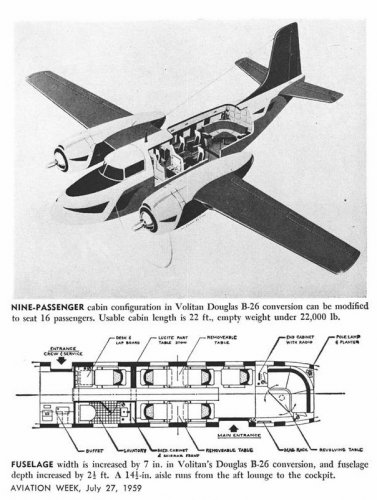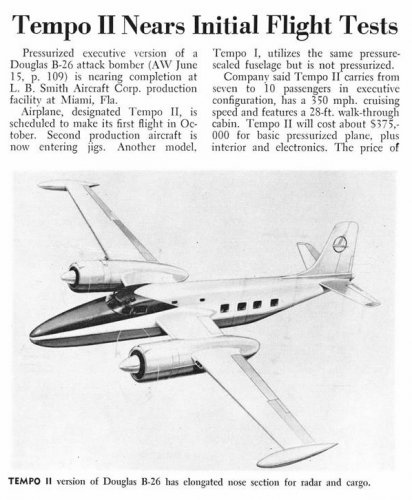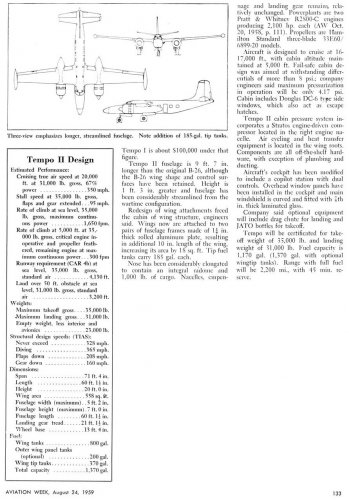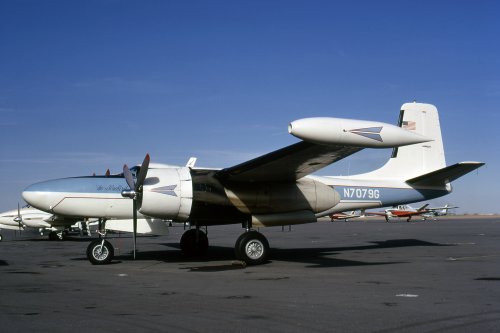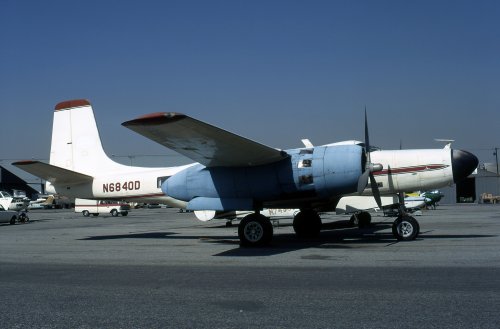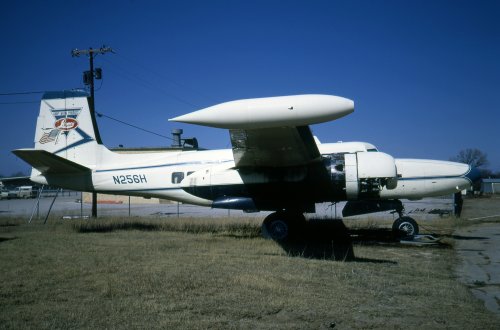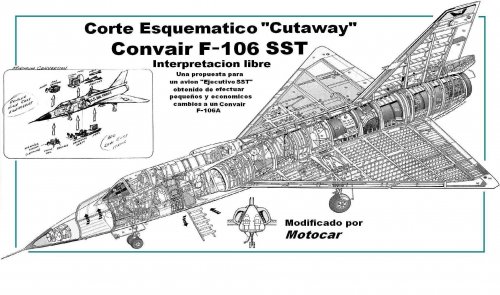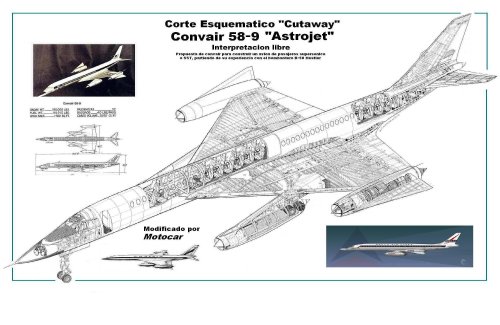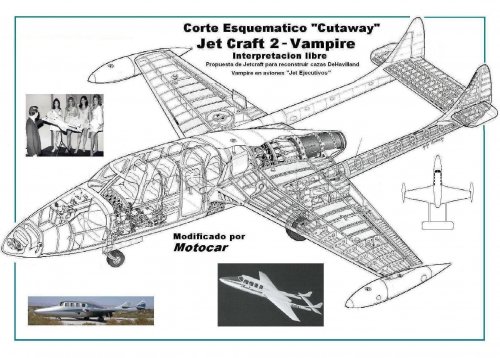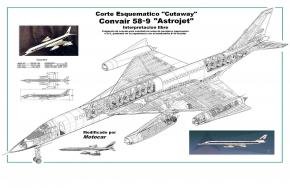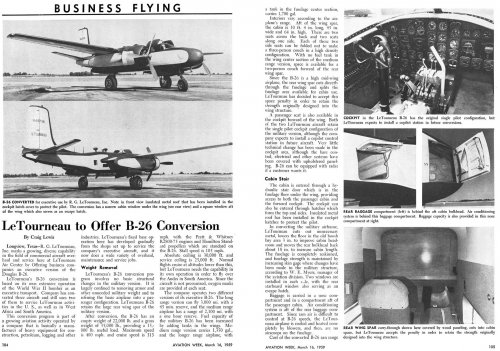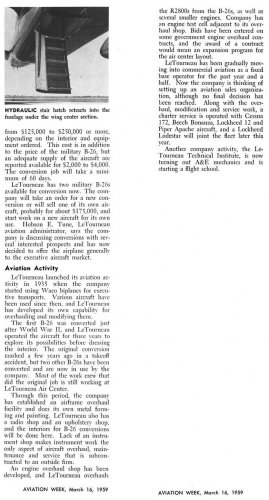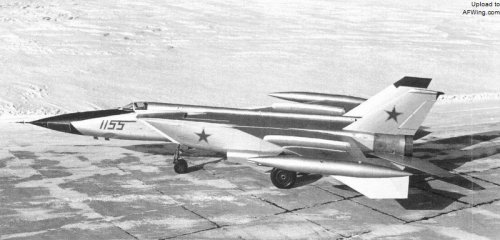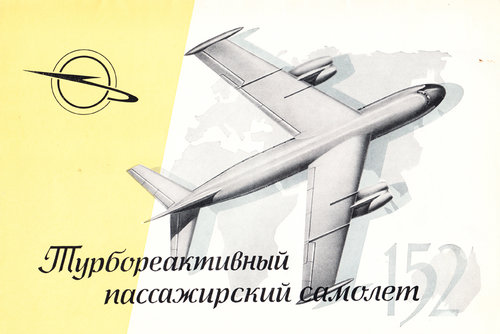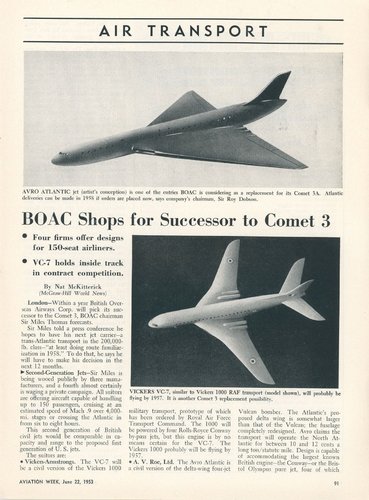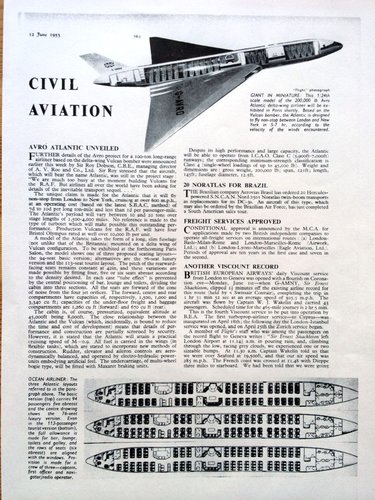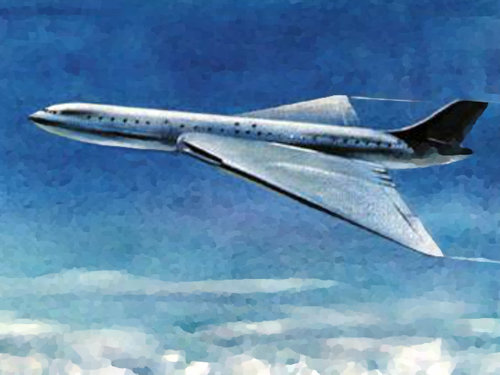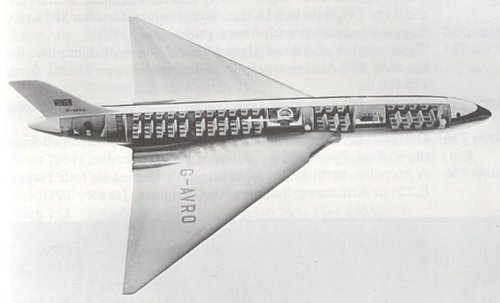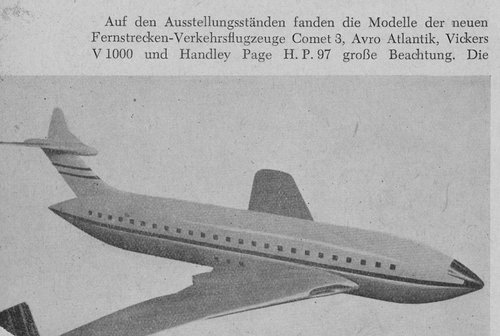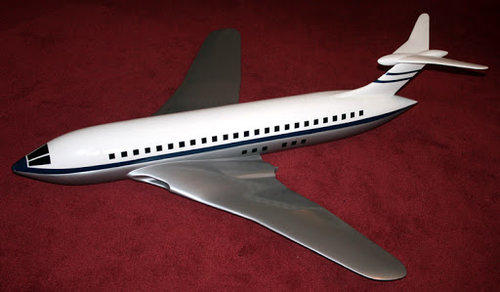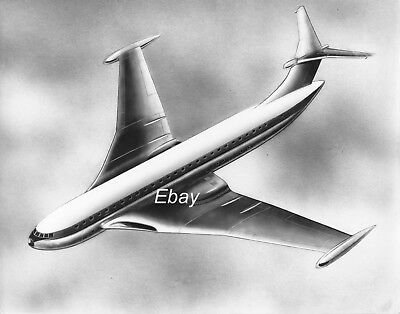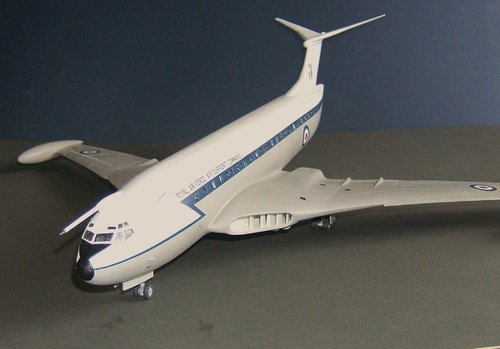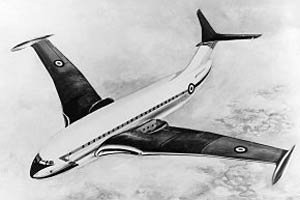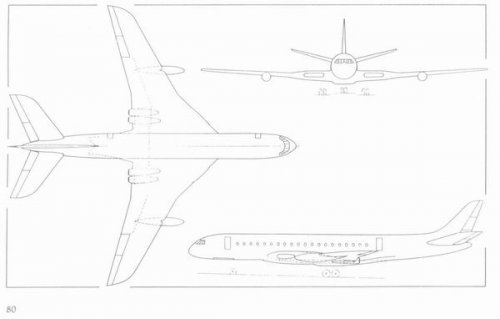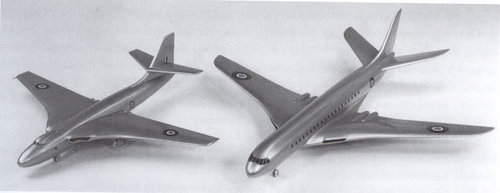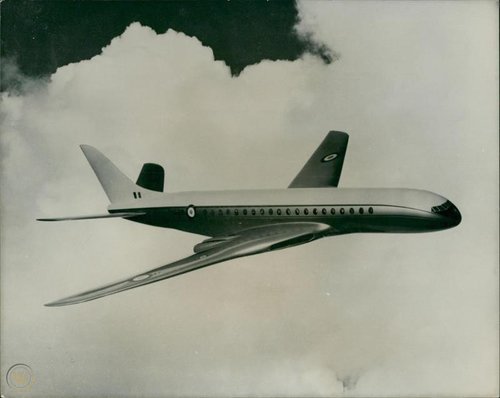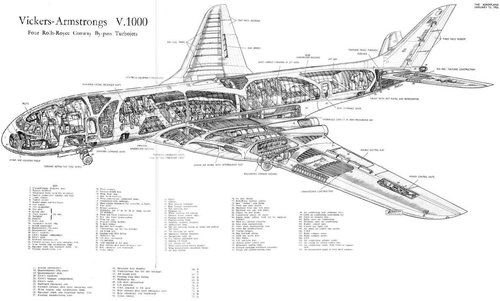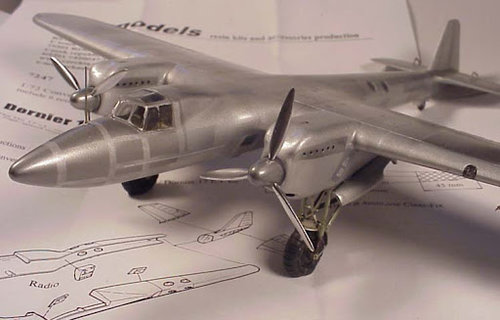Let's thus mention that the He 111 was also built and intended as fast passenger and postal aircraft.
Hm, but intended as a fast bomber. Just as an aside, (I originally posted this on another forum I frequent) out of interest on the He 111, while it did become a most successful bomber, it's conversion was somewhat quirky. The first time I got to look at an He 111 close up, including getting on board it, I marvelled at how small it was. Clambering around inside, it is very apparent that it began life, not as a bomber, but as a transport, even if it was eventually supposed to be one.
The bomb bay doors are rubber and flop open by a lever, the bombs tumbling out tail first, and sometimes striking the doors on the way out since they aren't rigid, then the doors snap shut by the use of springs actuated by the same lever. The bomb racks inside the fuselage look like they were made out of tool shed metal shelving, the defensive armament positions look like they were plonked in place because no one had thought of these things beforehand.
The cockpit area is confined and cramped, with gauges scattered about the place seemingly at random because of the lack of a conventional instrument panel, but gives an illusory sense of space because of all that glazing. But then, when you taxi you have this weird thing where you slide the hood above your head rearward and wind your seat up so you can stick your head outside to see where you are going! It's just a bit of a botch job of an aircraft. Don't get me wrong, the He 111 was one of the great all time WW2 aeroplanes, but it doesn't convey the air of a
bomber like, say the Wellington, which in person looks and feels like a bomber should. It's got a flight deck, a long purposeful looking bomb bay, gun turrets at each end and a proper bomb aimer's area; the latter not sharing a cramped goldfish bowl with the pilot.
The RAF Museum's He 111 is sagging at the knees somewhat.

